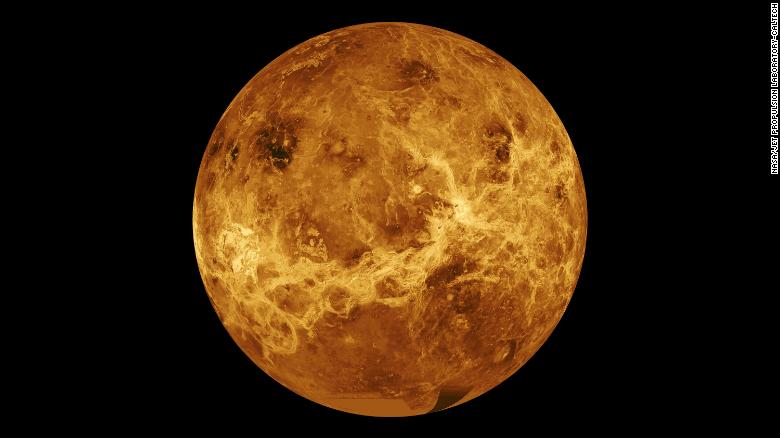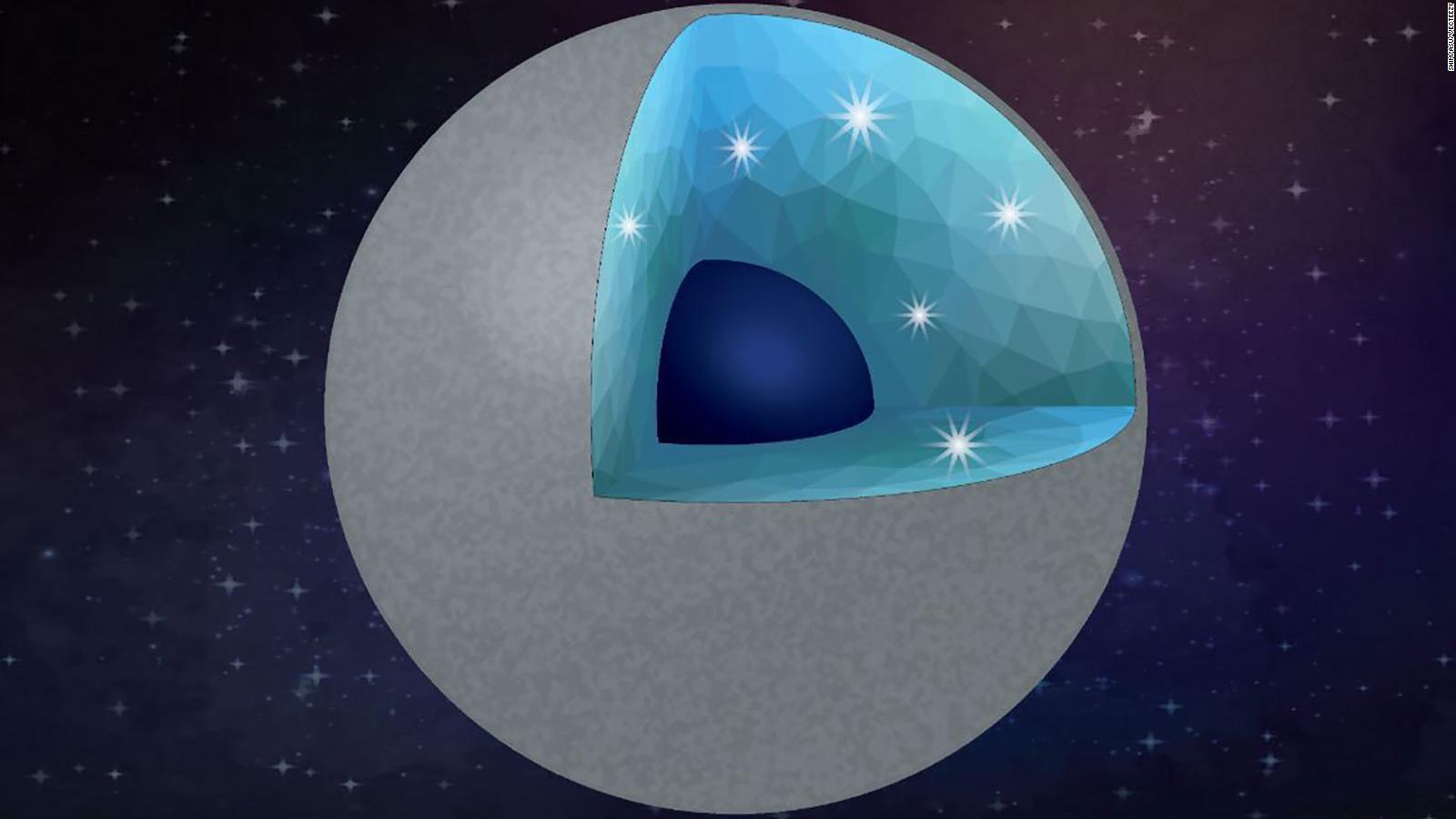Sara Seager is a professor of planetary science, physics and aerospace engineering at the Massachusetts Institute of Technology. The opinions expressed here are her own. Read more opinion at CNN.
Venus is the brightest object in the night sky after the moon and has intrigued humans for thousands of years. The discovery of phosphine gas in Venus’ atmosphere has just upped the planet’s appeal.
I was a member of the multinational research team that announced the finding in Nature Astronomy on Monday, and my takeaway is that it indicates there is something highly unusual going on to produce phosphine — either some completely unknown chemistry, or possibly some kind of microbial-type life. Each explanation, somehow, seems equally crazy.
Phosphine is a gas made up of one phosphorus atom and three hydrogen atoms. Phosphine is toxic to any life on Earth that uses oxygen, including humans. It was used as a chemical warfare agent in World War I and is associated only with human industry (e.g. pesticides) or with life in oxygen-free environments. Phosphine is found coming from swamps and marshes and sludges. It is also found in animal guts and excrement — for example in relatively high concentrations over penguin colonies. Phosphine has also been measured in the lab as coming from complex mixtures of bacteria.
The finding is so astonishing because phosphine should not be present in Venus’ atmosphere. Phosphine needs lots of hydrogen and the right temperatures and pressures to form — conditions found on Jupiter and Saturn but not at all on Venus. My team at MIT exhaustively searched all known chemistry and did not find any way for phosphine gas to be easily produced on Venus. Planetary processes including volcanoes, lightning, meteorites entering Venus’ atmosphere are also “no goes” in that some might produce the tiniest amount of phosphine but not nearly enough to match the observations.
Does this mean Venus has alien life in its atmosphere producing phosphine gas? Not necessarily.
Venus is a very hostile place for any kind of life as we know it. The surface is scorchingly hot — far too hot for complex molecules needed to make up life. High above the surface, the atmosphere becomes colder and colder. On Venus there is a sweet spot at 48 to 60 km (30 to 37 miles) above Venus’ surface, in the clouds, where the temperature is not too hot, not too cold, but just right for life.
Even so, the environment is harsh. The atmosphere is, for example, 50 times drier than the driest places on Earth. The cloud droplets are made not of liquid water but of concentrated sulfuric acid. The acid environment is billions of times more acidic than the most acidic environments on Earth. Earth-life components including DNA, proteins, and amino acids would be instantly destroyed in sulfuric acid. Any life in the Venusian clouds would have to be made up of building blocks different than Earth life, or be protected inside a shell made up of sulfuric acid-resistant material such as wax, graphite, sulfur, or something else.
People have been speculating about the presence of life in the clouds of Venus for over 50 years, starting with Carl Sagan. Scientists are sometimes reluctant to openly admit their interest in such a fringe topic.
Yet our team lead Jane Greaves of Cardiff University in the UK purposely decided to search for signs of life on Venus by way of phosphine gas. She proposed to use the James Clerk Maxwell radio telescope (JCMT) on Mauna Kea in Hawaii to observe phosphine at radio wavelengths. By coincidence, my team at MIT had also been working on phosphine gas as part of a larger project trying to understand which gases on exoplanets — planets orbiting stars other than the sun — might indicate the presence of life. A mutual contact connected us.
When I first learned of Jane’s finding I simply didn’t believe it. Nonetheless, my MIT team worked with Jane’s team on a proposal to use the more powerful Atacama Large Millimeter Array (ALMA). When the data came back and was analyzed, the phosphine signal was even stronger than before. I was still so shocked, so astonished, but we now had to accept that the finding was real. We diligently pressed on to support our detection, continuing to work through and rule out chemical processes as the phosphine source, and double and triple-checking that no other gas could mimic the presence of phosphine gas.
Get our free weekly newsletter
Sign up for CNN Opinion’s new newsletter.
Our solar system has a growing number of bodies of interest in the search for life. NASA’s Mars Perseverance rover is on its way to Mars to search for signs of ancient life. Jupiter’s moon Europa, Saturn’s moons Enceladus and Titan are each fascinating potential targets. Our finding of phosphine gas now raises Venus as just one more place to take seriously in the search for life beyond Earth — maybe not so crazy after all.
>>>>



